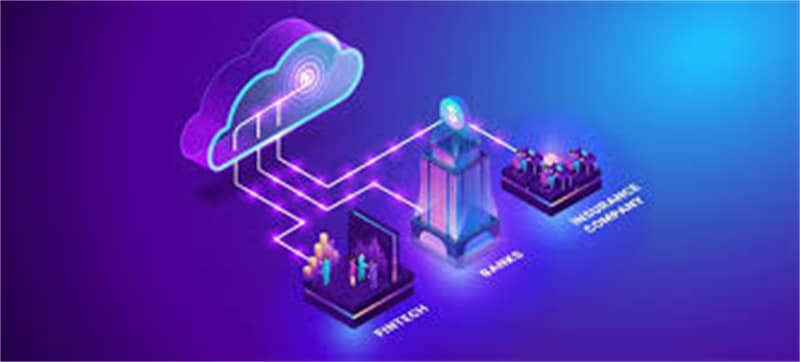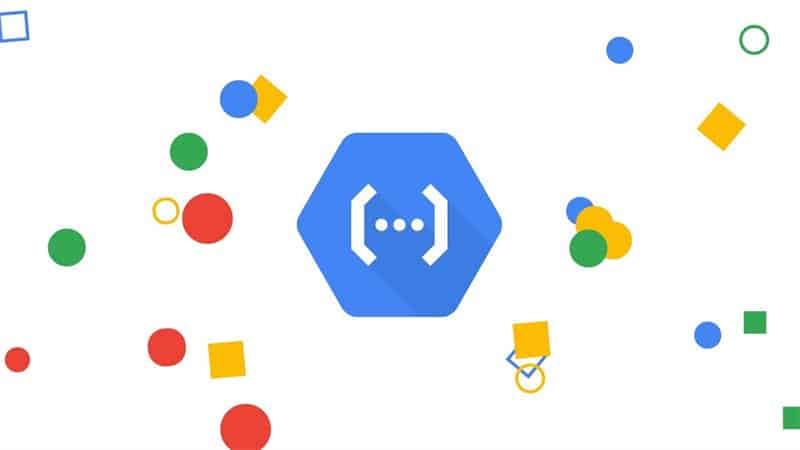
The advent of serverless computing has revolutionized the process of creating and releasing scalable applications.
The popularity of Function as a Service (FaaS) among developers is on the rise because it allows them to run their applications in the cloud without being concerned with the underlying infrastructure. This article will examine the five most prominent platforms in this dynamic industry.
1. Gcore cloud functions

With the innovative FaaS solution offered by Gcore Cloud Functions, developers can manage and run their code effectively in a pre-built environment without the hassle of maintaining virtual machines. Developers can streamline the microservice architecture design and speed up the development process using FaaS.
With its flexibility, Gcore Cloud Functions enables the expansion of application functionalities by developing microservices using an HTTP API or incorporating third-party services using a Webhook.
Integration with external services and APIs, serverless mobile backends, and real-time file processing are examples of use cases for Gcore Cloud Functions.
Main benefits of Gcore
- Automated scaling – Your functions will change automatically to handle the load as the number of requests rises.
- DDoS defense – By default, Gcore Cloud ensures all projects are secured against network and transport layer intrusions.
- Tier III and Tier IV data centers – which offer high reliability and fault tolerance are where Gcore's servers are housed.
- 24/7 Customer support – Professional technical assistance is available from Gcore around-the-clock for activating and configuring the service.
- Free outgoing traffic – charges only incoming requests to help keep costs down.
Use cases
- Real-time image or video processing, such as applying filters or performing object recognition.
- Power a chatbot's backend, allowing for dynamic responses and integrations with other services.
- Create and deploy microservices that scale automatically based on demand.
2. AWS Lambda
Amazon Web Services offers AWS Lambda, a top-tier Function as a Service (FaaS). It provides companies and devs with a serverless service packed with valuable features. You can automate the management of underlying add resources with AWS Lambda by running code in response to events.
You can use computing power to process data as it travels through the cloud or build scalable backend services that easily connect to AWS resources like Amazon S3, DynamoDB, and more.
You can concentrate on creating your unique logic because Lambda takes care of infrastructure upkeep, scaling, security patches, and monitoring.
To simplify code management and sharing between functions, Lambda supports various programming languages and lets you use third-party libraries and package code as Lambda Layers.
Use cases
- Analyze data from IoT devices to enable real-time insights and actions based on the data.
- Create serverless web applications, with each function handling a different aspect of the application's functionality.
- It is helpful for data integration and migration tasks because it can transform and load data from one format to another.
3. IBM cloud functions
Leading FaaS platform IBM Cloud is based on Apache OpenWhisk. It provides many potent features for developers looking for scalable and economical computing. Due to its pay-per-use pricing structure, users only pay when their functions are in use, saving money.
Automatic scaling guarantees that operations scale up or down as necessary to meet demand and deliver the best performance. The seamless integration enables events from different services or directly from REST API to trigger actions. Developers can select from well-known languages or offer individual runtimes using Docker containers.
Use cases
- Process data based on events, such as when a new file is uploaded or a particular condition is met.
- Create cognitive applications with IBM Cloud Functions, utilizing AI and machine learning capabilities to perform tasks such as natural language processing and sentiment analysis.
- Analyze geospatial data and perform location-based operations such as distance calculation and finding nearby points of interest.
4. Azure cloud functions
Azure Functions is a leading serverless solution from Microsoft Azure that allows devs to write programs without concerns about server management or cost optimization. You can utilize the cloud resources while concentrating on writing necessary code by using Azure Functions.
These “functions,” or blocks of code, may be called in response to message queues, database changes, web API requests, IoT data streams, or other events.
The ability of Azure Functions to scale automatically is one of its main benefits. Azure Functions dynamically distributes the necessary compute resource instances as demand rises, guaranteeing that your applications can effectively manage peak workloads.
As a result of Azure Functions' seamless integration with numerous cloud services, developers can create event-driven systems and use current architectural patterns. Popular programming languages like C#, PowerShell, Java, JavaScript, or Python can be used to create functions.
Use cases
- Create and deploy serverless APIs for exposing functionality over HTTP in a scalable and cost-effective manner.
- Real-time processing of streaming data allows you to perform actions or trigger alerts based on the incoming data.
- Integrate with other Azure services like Azure Storage and Azure Event Hubs to enable seamless data processing and workflows.
5. Google cloud functions

Google Cloud Functions is a robust FaaS platform available from Google Cloud. Developers are freed from the administrative burden of setting up and maintaining servers, and rapid application development and deployment, event handling, and elastic scalability are all possible with Cloud Functions.
Cloud Functions' tight integration with the rest of Google's cloud offerings makes it simple to do things like to activate functions in response to Pub/Sub events and process data from Google Cloud Storage or Firestore.
Use cases
- Perform tasks such as user authentication, notifications, and data synchronization.
- Analyze and process large amounts of data by utilizing Google analytics services such as BigQuery or Dataflow.
- Create Internet applications that allow you to process and react to sensor data and trigger actions based on specific conditions.
Conclusion
Developers are freed from the burden of managing server-side code and can instead put their efforts toward creating the features that drive their businesses.
More advanced and flexible FaaS solutions will likely appear as time goes on, making it even easier for programmers to create robust, scalable, and reasonably priced apps.










